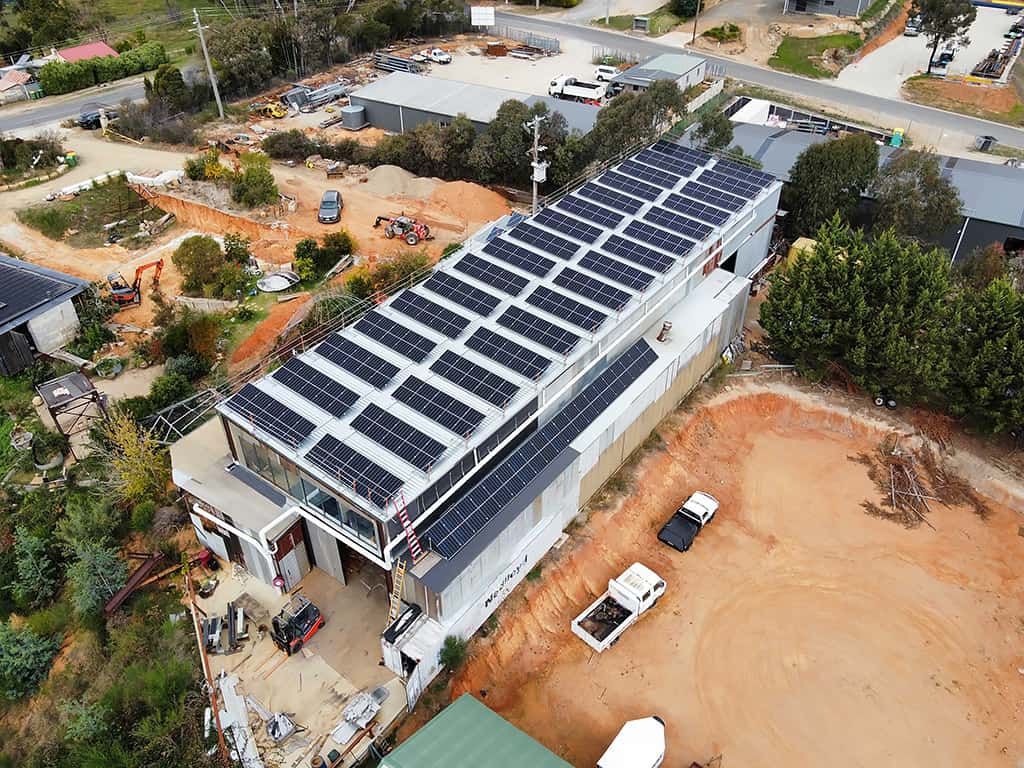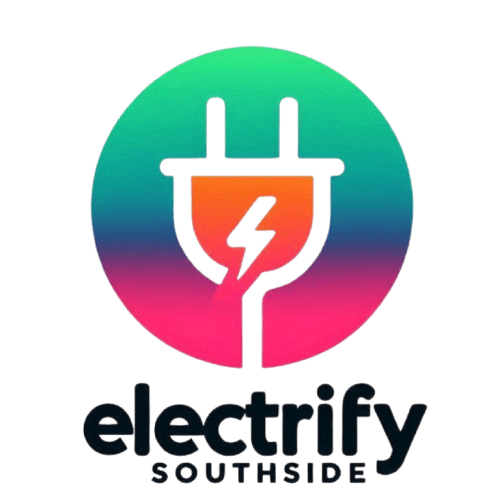The Impact of Community Electrification
Introduction to Community Electrification
Community electrification is a transformative movement gaining momentum across Victoria, aiming to revolutionize how energy is produced, distributed, and consumed. This initiative not only addresses the pressing needs for sustainable energy solutions but also empowers local communities by providing them control over their energy resources.
In recent years, the shift towards community electrification has demonstrated significant potential in reducing carbon footprints and enhancing energy independence. By utilizing local resources and innovative technologies, communities in Victoria are setting new standards for efficient energy use.

The Benefits of Community Electrification
The introduction of community electrification projects in Victoria comes with a myriad of advantages. These projects increase access to clean energy, reduce pollution, and promote the use of renewable resources. Communities benefit from reduced energy costs and greater autonomy over their energy supplies.
One of the standout benefits is the boost to local economies. By investing in local infrastructure and creating green jobs, community electrification ensures that economic gains stay within the community. This localized approach fosters a sense of ownership and pride among residents, encouraging further participation and innovation.
Environmental Impacts
Environmental sustainability is at the core of community electrification efforts. By leveraging renewable energy sources such as solar, wind, and hydroelectric power, these projects significantly lower greenhouse gas emissions. This positive environmental impact is crucial in combating climate change and preserving natural ecosystems for future generations.

Technological Innovations Driving Change
The success of community electrification in Victoria is largely attributed to technological advancements in the energy sector. Smart grid systems, energy storage solutions, and distributed generation technologies are pivotal in optimizing energy use and distribution.
Smart meters and energy management systems allow for real-time monitoring and control of energy consumption, making it easier for communities to adapt their usage patterns based on demand. These innovations ensure efficiency and reliability, key factors in the sustainable transition to community-driven energy models.
Case Studies in Victoria
Several communities in Victoria have already embraced electrification projects, yielding impressive results. For example, towns like Yackandandah have achieved near-complete renewable energy reliance through community-led initiatives. These communities serve as models for others looking to implement similar strategies.

Challenges and the Way Forward
Despite its many benefits, community electrification faces challenges such as initial funding requirements, regulatory hurdles, and the need for skilled workforce development. Addressing these issues requires collaboration between government bodies, private sectors, and local communities.
Supportive policies and incentives can play a crucial role in overcoming these barriers. By investing in education and training programs, communities can build the necessary skills to manage and maintain their own energy systems effectively.
From January 2027, all new homes and commercial buildings must be built all-electric, including commercial kitchens. Under the new Building Electrification Regulations, all new residential and most new commercial buildings must be built as all-electric, and existing gas hot water systems in residential buildings must be replaced with electric appliances at end-of-life.
The Future of Energy Use in Victoria
The continued expansion of community electrification in Victoria holds promise for a sustainable and self-reliant energy future. As more communities adopt these projects, the collective impact on energy conservation and economic resilience will be profound.
Sustainability Victoria (SV) is supporting communities to electrify. For instance it has had Community Electrification Engagement programs, where Community organisations representative of their region could apply to deliver an engagement program to promote electrification to households within a targeted geographic area.
Community electrification not only transforms how energy is used but also redefines the relationship between people and their environmental resources. This shift empowers individuals, fosters innovation, and paves the way for a cleaner, greener future for all Victorians.
